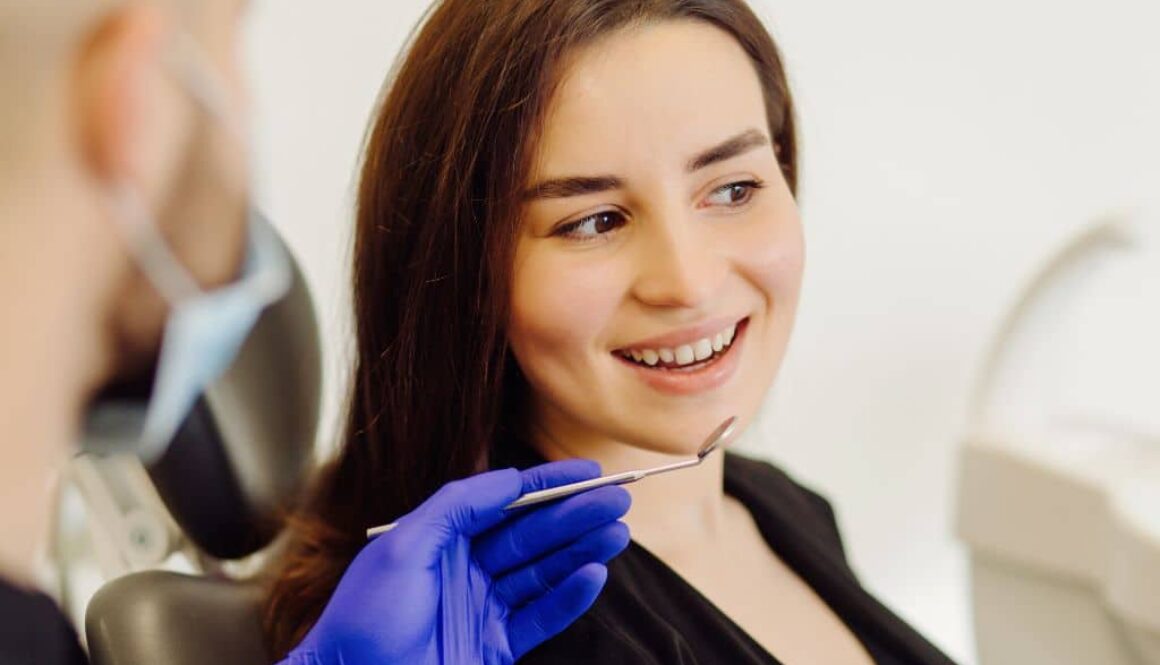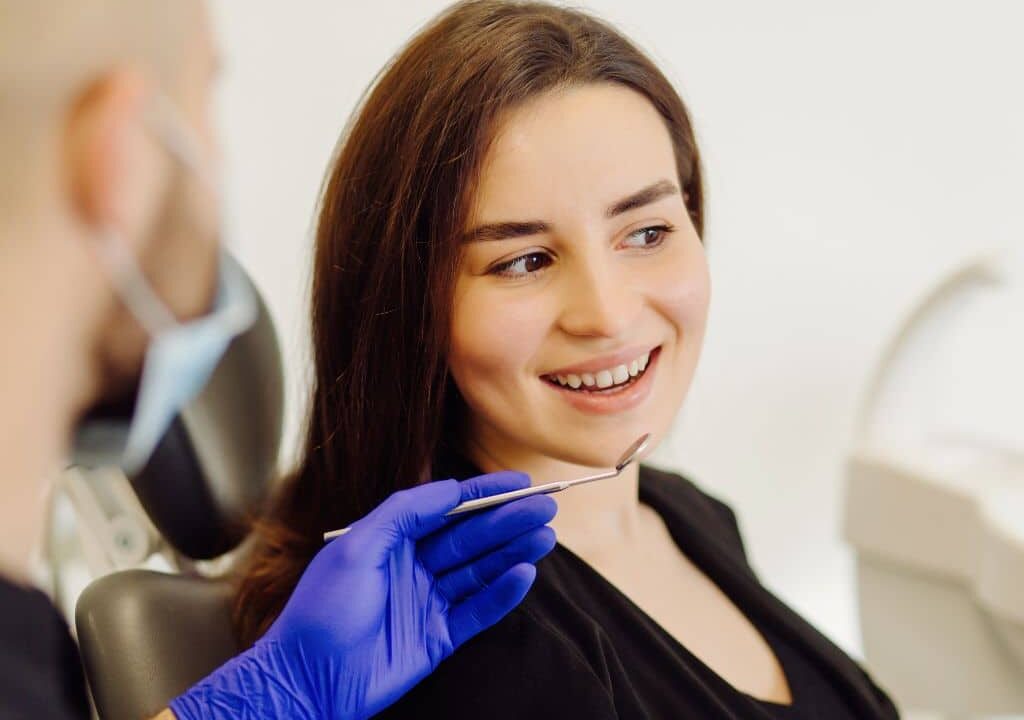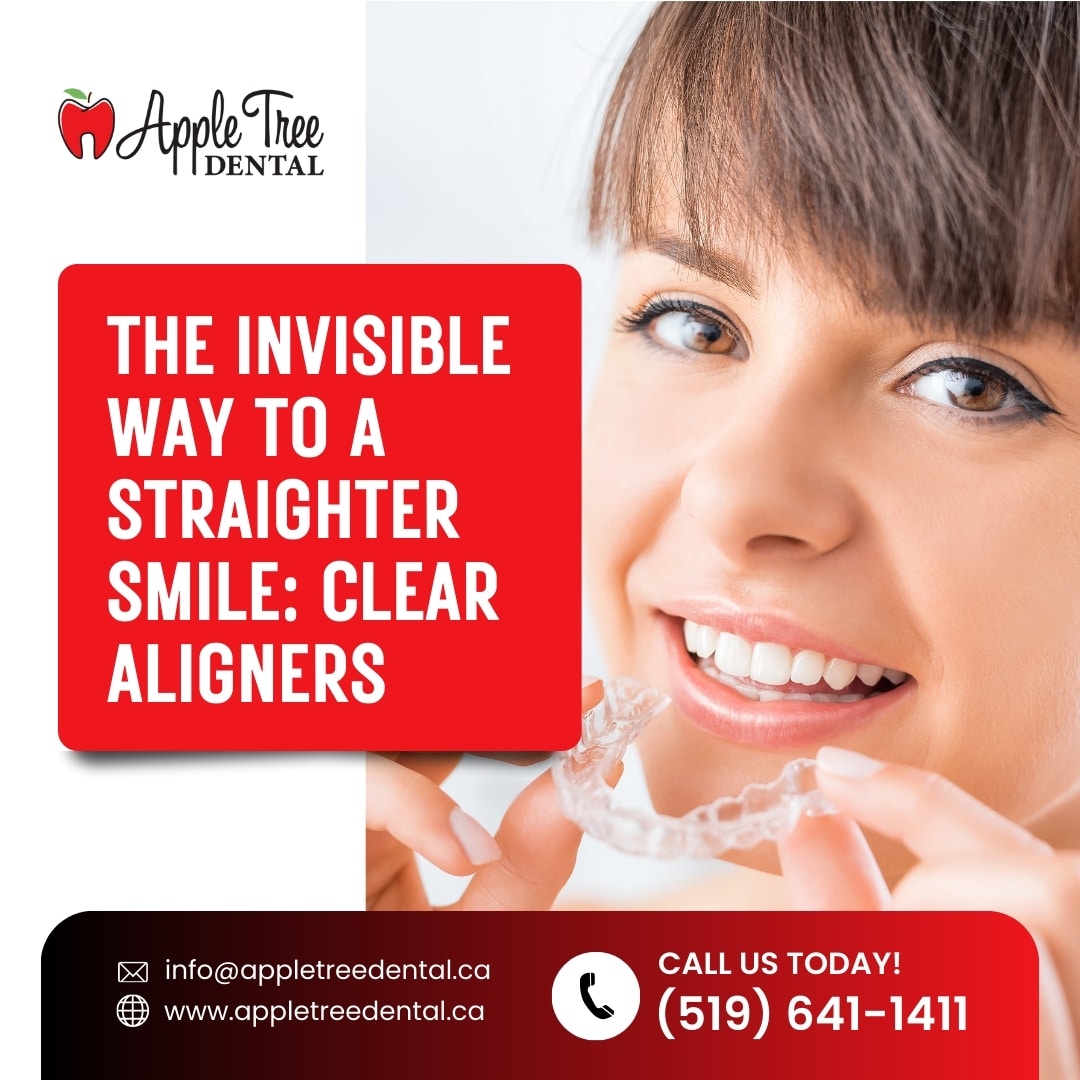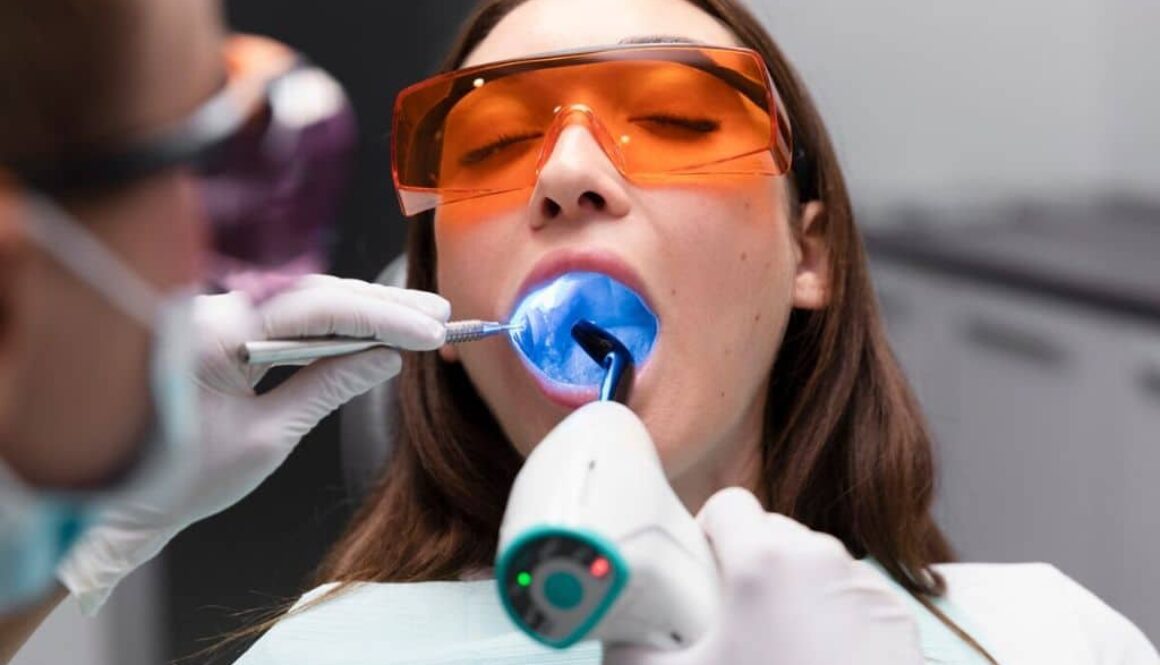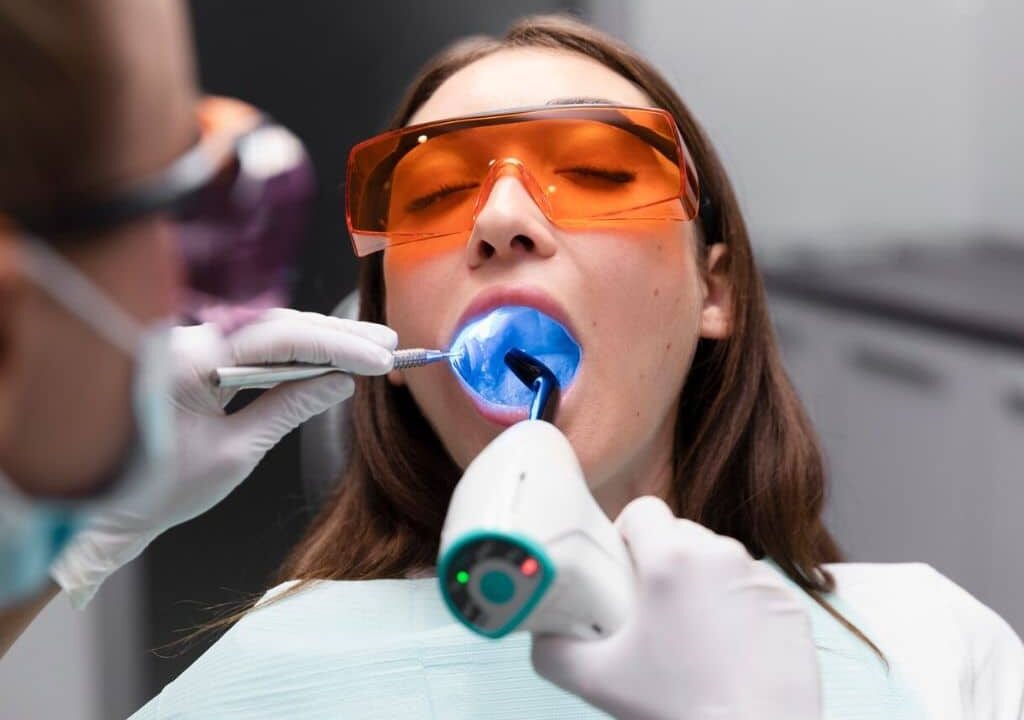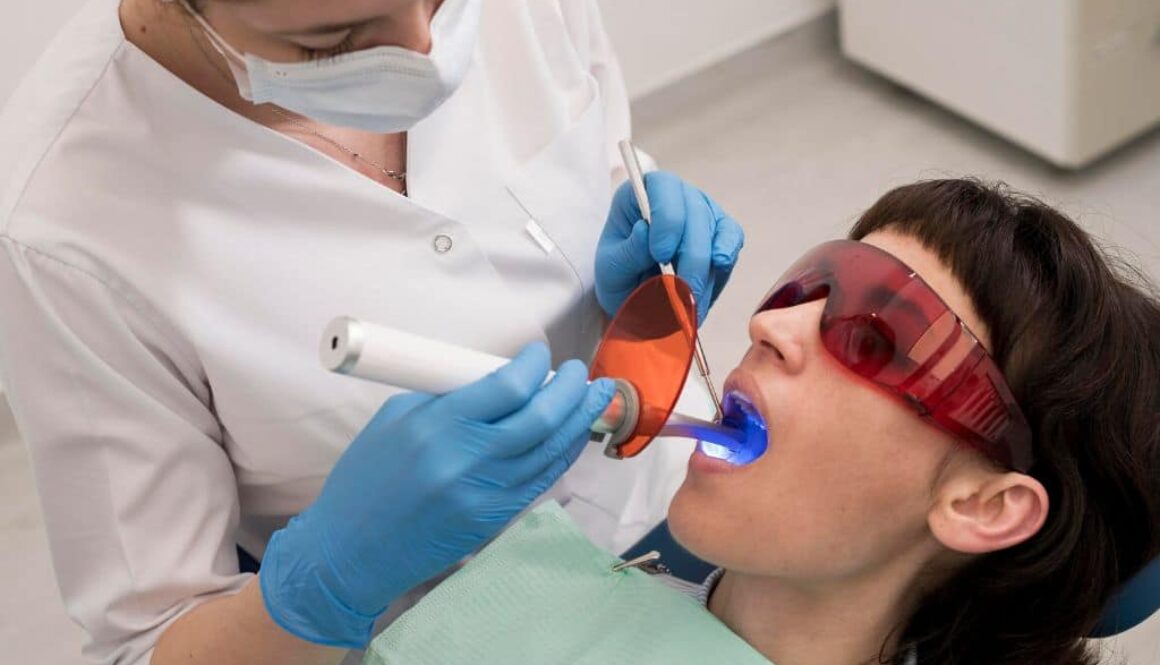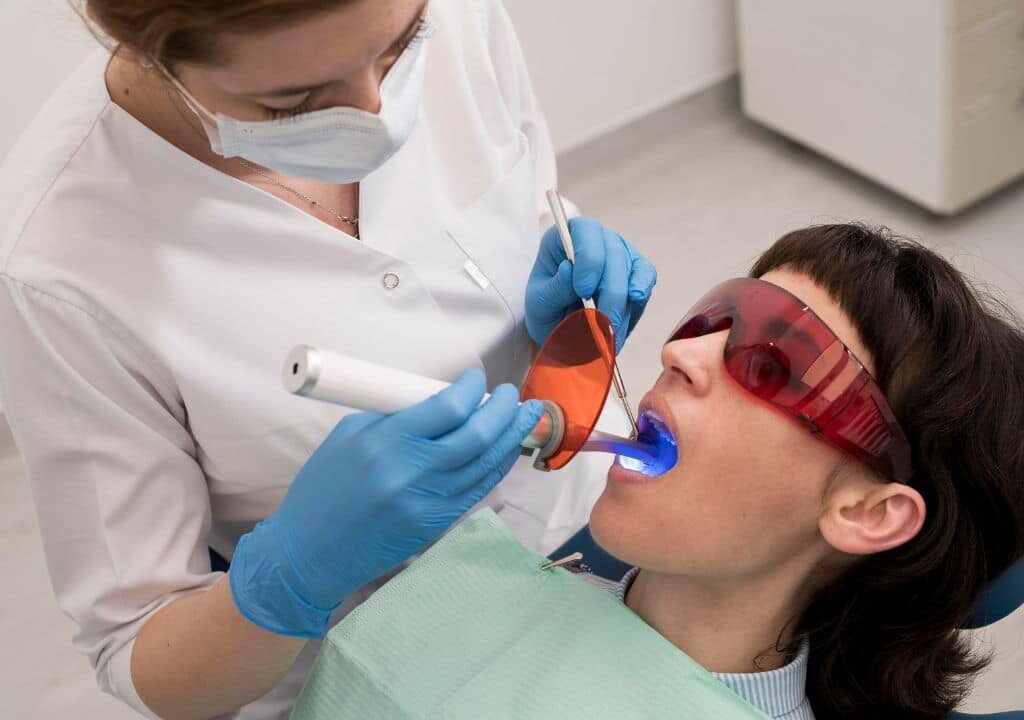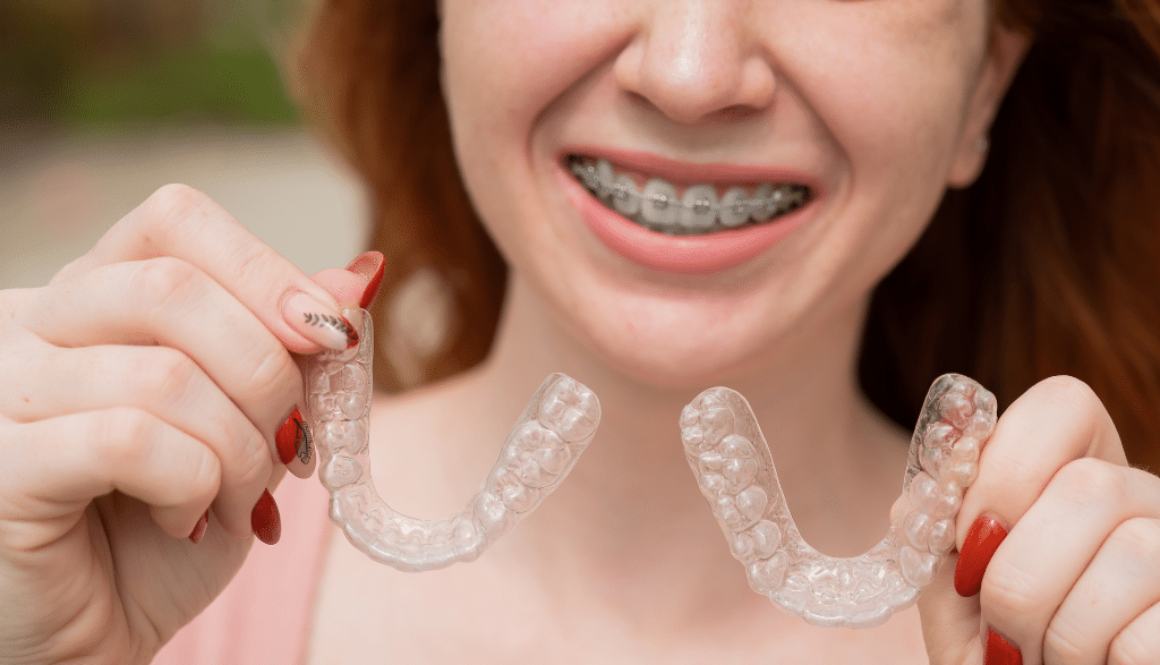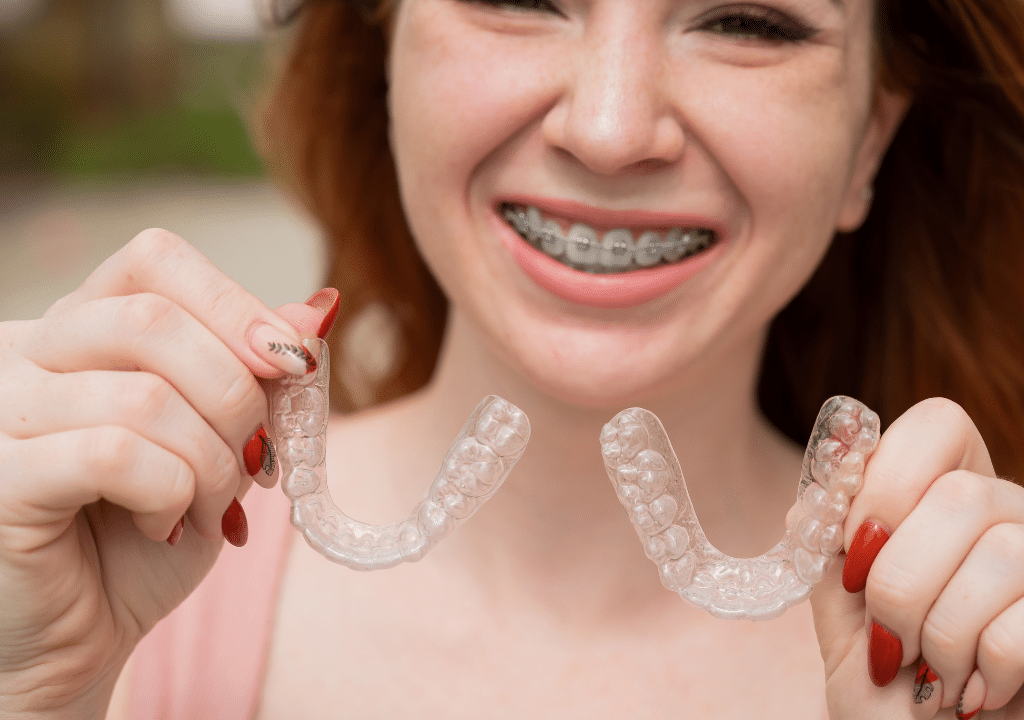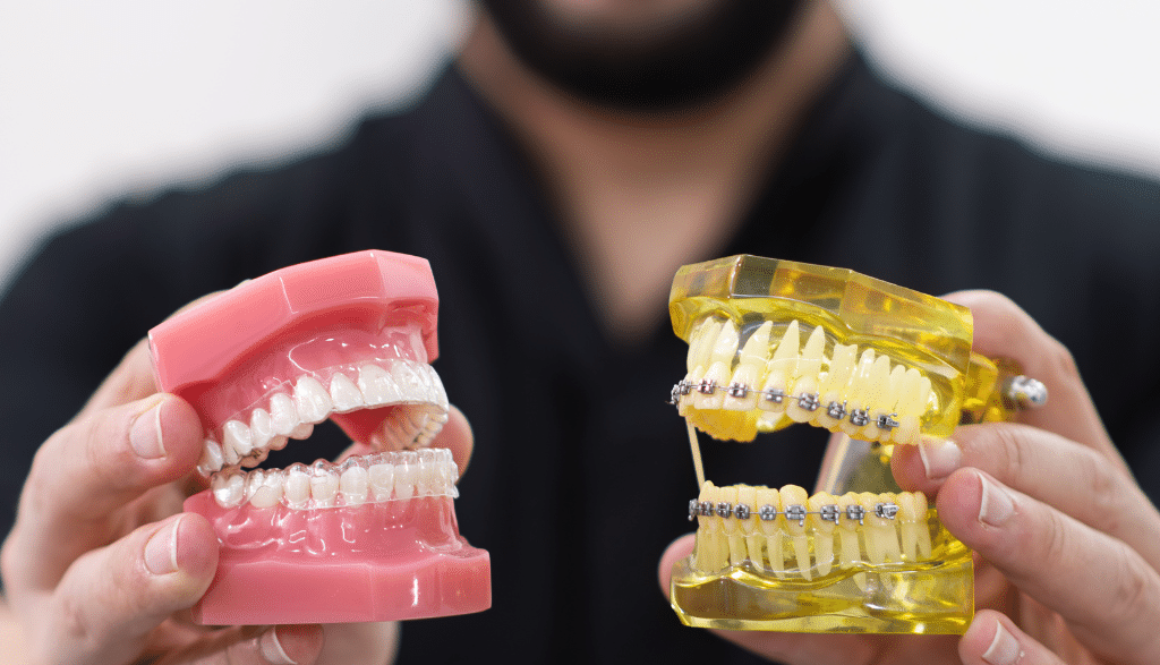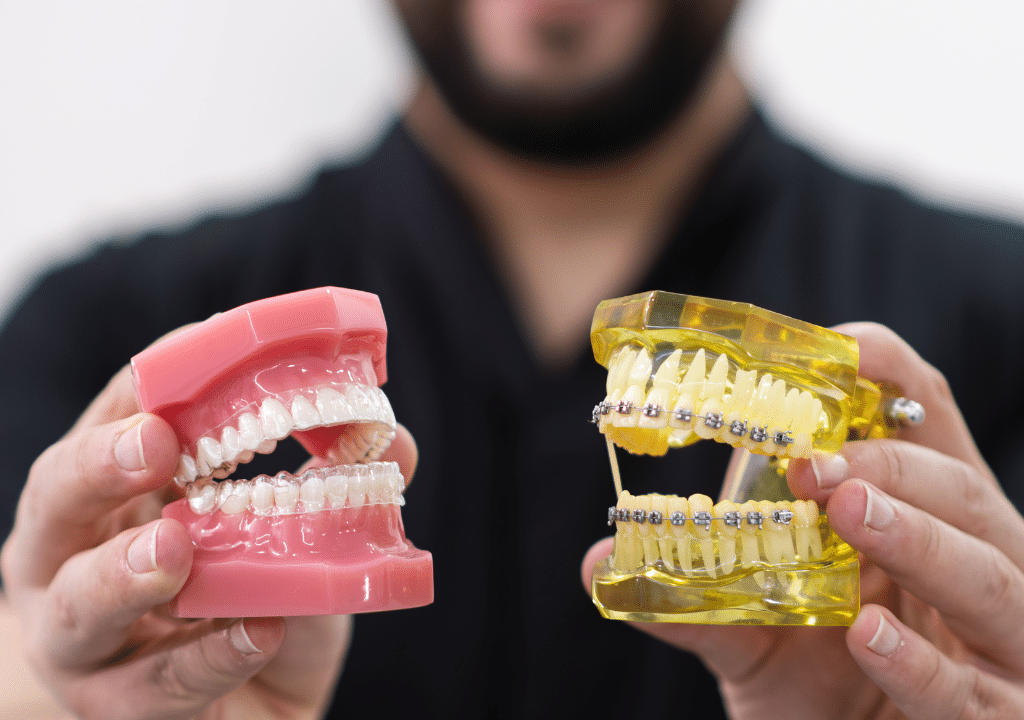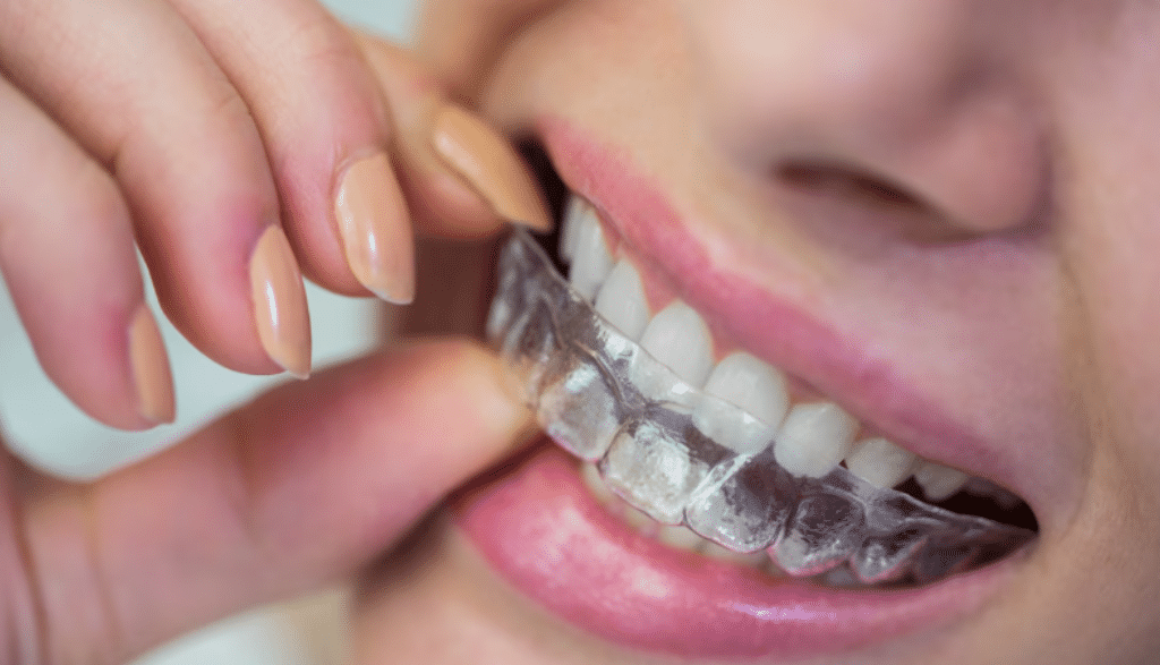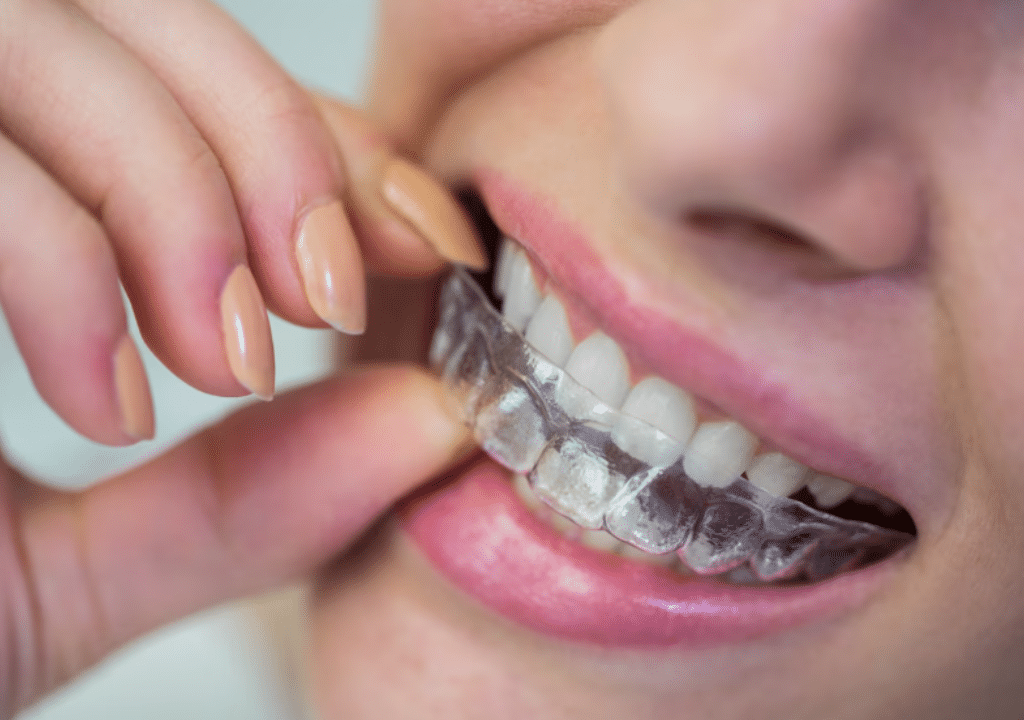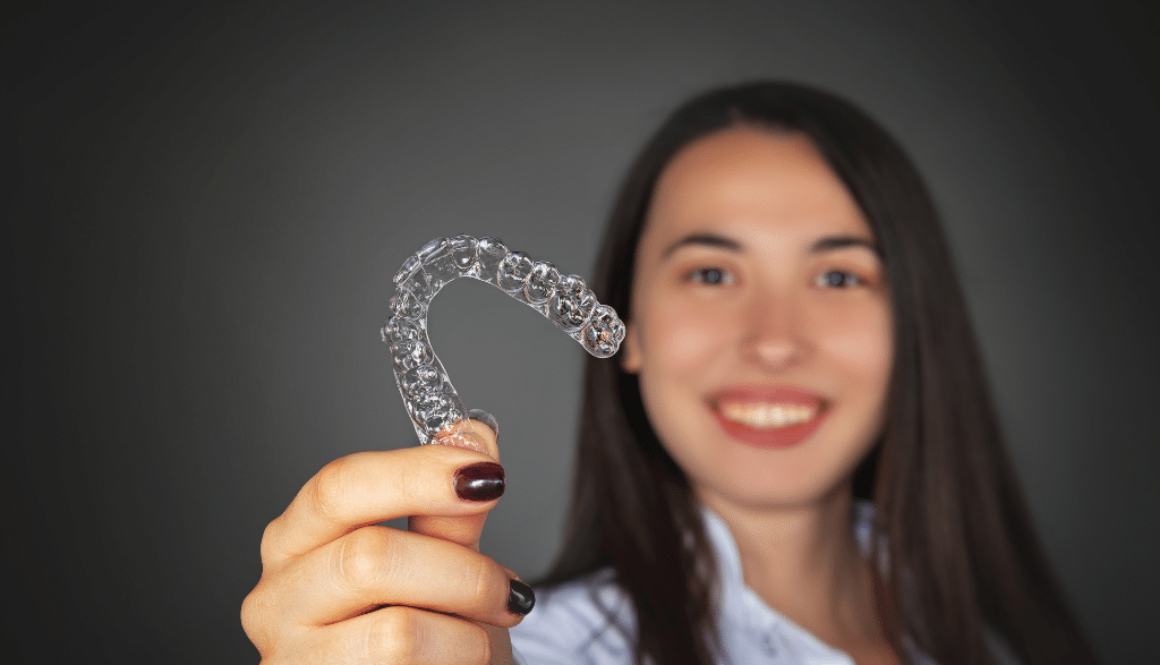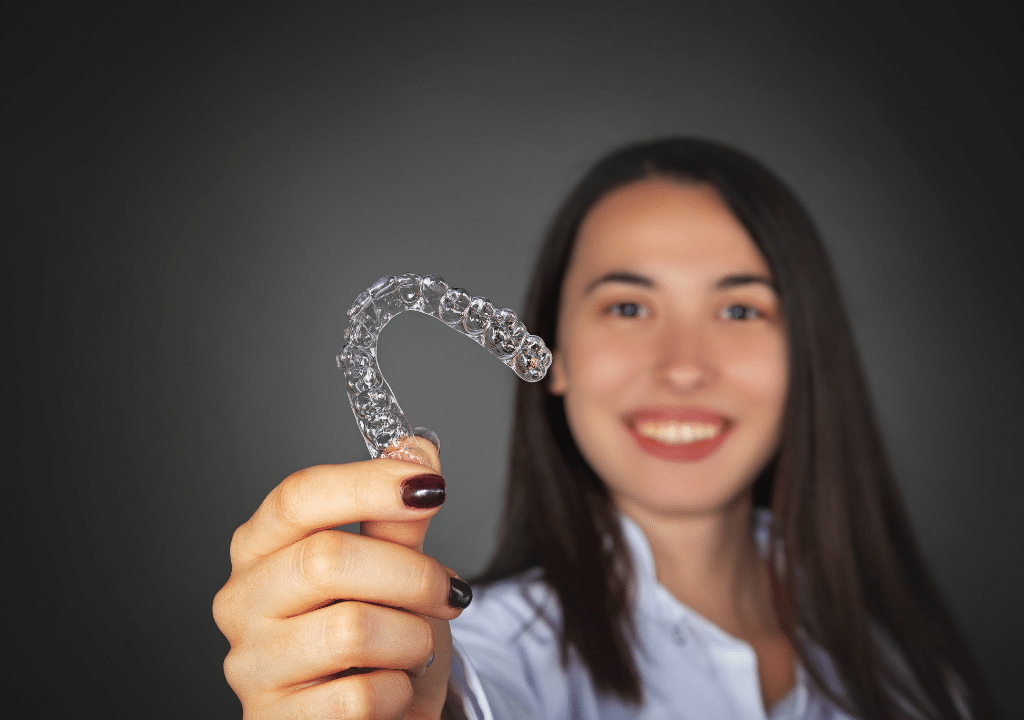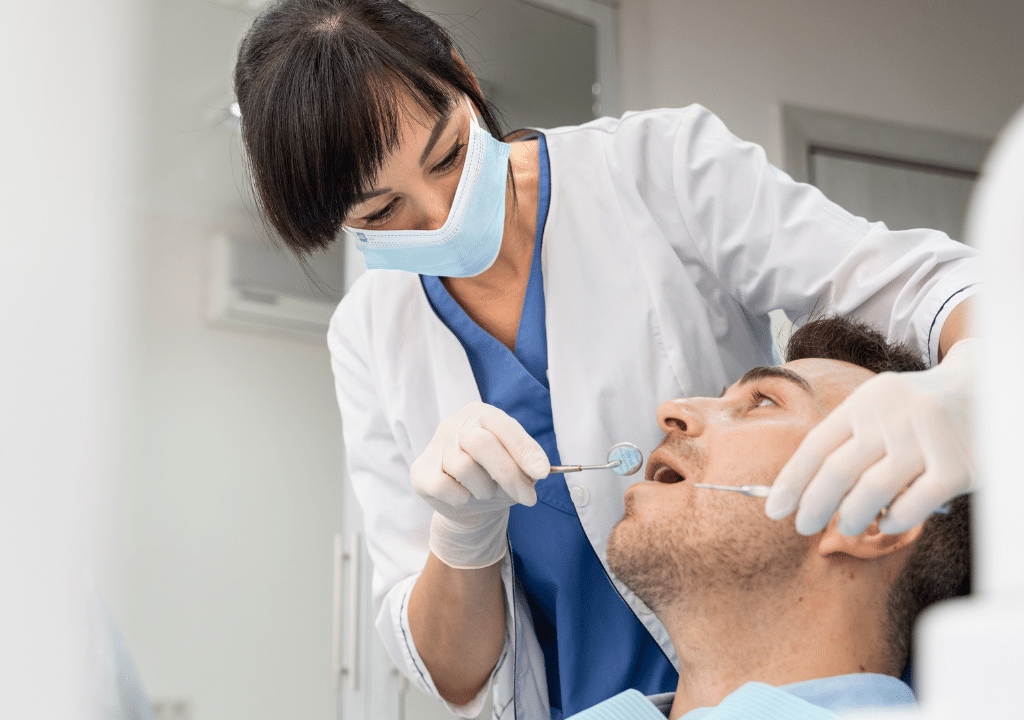Unveiling Your Dream Smile in South London: A Guide to Smile Makeovers at Apple Tree Dental
Blog
Unveiling Your Dream Smile in South London: A Guide to Smile Makeovers at Apple Tree Dental
Imagine a world where a simple smile unlocks a cascade of positive experiences. For many South Londoners, this reality is closer than ever thanks to the transformative power of smile makeovers. Apple Tree Dental, proudly serving the community from its new South London location, is dedicated to helping you achieve the dazzling smile you’ve always desired.
A smile makeover is a personalized dental treatment plan designed to enhance the aesthetics and health of your smile. Whether you yearn for a brighter, whiter smile, a more even tooth alignment, or a solution for chipped or missing teeth, Apple Tree Dental offers a comprehensive and compassionate approach to crafting your perfect grin.
This comprehensive guide delves into ten key considerations to ensure your smile makeover journey in South London is smooth and successful and delivers the smile of your dreams.
1. Building Trust and Understanding: Your Initial Consultation at Apple Tree Dental
The cornerstone of any successful smile makeover lies in open communication and trust with your dentist. Schedule a consultation at Apple Tree Dental’s new South London location. During this initial meeting, meet with a dentist specializing in cosmetic dentistry. Discuss your aesthetic goals, any dental concerns, and your medical history. The dentist will conduct a thorough examination of your teeth, gums, and oral health. This collaborative approach ensures a personalized treatment plan tailored to your unique needs and desires.
2. Unveiling the Possibilities: Exploring Smile Makeover Options at Apple Tree Dental
Apple Tree Dental’s team of experienced cosmetic dentists offers a diverse array of procedures to address various smile imperfections. Here’s a glimpse into some popular options:
- Teeth Whitening: Achieve a dramatic improvement in a single visit with our in-office whitening treatments. Alternatively, home whitening kits overseen by your dentist can be a cost-effective option for a brighter, more youthful smile.
- Dental Veneers: These thin shells of porcelain or composite resin are bonded to the front surface of your teeth, concealing chips, cracks, discoloration, and minor misalignments. Veneers offer a long-lasting solution for a flawless smile.
- Dental Bonding: This minimally invasive technique uses tooth-coloured resin to repair minor chips, cracks, or gaps between teeth. Bonding is a cost-effective option for smile imperfections that don’t require extensive correction.
- Dental Crowns: For more extensive damage or structural weakness, dental crowns provide a complete tooth cover. Crowns come in various materials, including porcelain, to seamlessly blend with your natural teeth.
- Invisalign®: If misalignment is your primary concern, consider Invisalign®. This clear aligner system gradually straightens teeth discreetly and comfortably, eliminating the need for traditional braces. Apple Tree Dental is a certified Invisalign® provider, ensuring expert care throughout your treatment journey.
3. Achieving Harmony: Considering Facial Features and Your Smile Design
A perfect smile isn’t just about white teeth; it’s about balance and harmony with your facial features. During your consultation, Apple Tree Dental’s dentists will consider your lip shape, facial proportions, and skin tone when crafting your smile design. This ensures a smile that complements your unique beauty and accentuates your natural features for a truly transformative outcome.
4. Unveiling Your Colour Palette: Choosing the Right Shade of White
Teeth whitening is a staple in many smile makeovers, but achieving the perfect shade of white is crucial. Apple Tree Dental’s dentists collaborate with you to identify a shade that complements your skin tone and overall look. Opting for a natural-looking white as opposed to an overly bright shade ensures a more harmonious aesthetic.
5. Addressing Underlying Concerns: Ensuring Oral Health Before Your Smile Makeover
For a successful and long-lasting smile makeover, ensuring optimal oral health is paramount. Your Apple Tree Dental dentist will address any existing dental issues such as gum disease or cavities before proceeding with cosmetic treatments. This ensures a healthy foundation for your new smile, maximizing its longevity and aesthetics.
6. Unveiling the Financial Landscape: Understanding Smile Makeover Costs at Apple Tree Dental
The cost of a smile makeover in South London varies depending on the specific procedures involved, the complexity of your case, and the chosen materials. During your consultation, Apple Tree Dental’s friendly team will discuss payment options with you in a transparent and comprehensive manner. We understand that affordability is a concern, and we offer flexible payment plans and financing options to make your dream smile more accessible.
7. Unveiling the Timeline: Understanding the Duration of Smile Makeover Treatments
The length of time required for your South London smile makeover depends on the procedures chosen.
- Simpler procedures: Like teeth whitening can be completed in a single visit at Apple Tree Dental.
- More complex treatments: Involving veneers or crowns may require multiple appointments spread over several weeks.
- Invisalign®: Typically takes 12-18 months for completion, with progress checks and adjustments scheduled throughout the treatment.
- During your consultation, your Apple Tree Dental dentist will provide a detailed timeline tailored to your specific treatment plan.
8. Unveiling Aftercare Tips: Maintaining Your Dream Smile in South London
Maintaining your beautiful smile after a South London makeover is crucial. Your Apple Tree Dental dentist will provide comprehensive aftercare instructions, but here are some general tips:
- * **Practice meticulous oral hygiene:** Brush twice daily for two minutes, floss regularly, and don’t forget to schedule regular dental checkups and cleanings at Apple Tree Dental. These appointments allow us to monitor your oral health and ensure the longevity of your smile makeover.
- * **Maintain a Healthy Diet:** Limiting sugary and acidic foods helps prevent cavities and staining.
- Consider Habits:* If you clench your jaw or grind your teeth, discuss the potential need for a nightguard with your Apple Tree Dental dentist. Nightguards protect your teeth from damage caused by unconscious grinding or clenching.
- Touch-Ups and Maintenance:* Depending on the procedures used, occasional touch-ups or maintenance may be required to maintain your dream smile. Apple Tree Dental offers convenient scheduling options for follow-up appointments.
9. The Power of Choice: Exploring Alternative Smile Solutions at Apple Tree Dental
Not everyone desires a dramatic smile makeover. Apple Tree Dental understands this and offers alternative solutions to enhance your smile subtly:
- Gum Contouring: This minimally invasive procedure reshapes the gum tissue for a more balanced and aesthetically pleasing smile line. Gum contouring can be performed in conjunction with other procedures or as a standalone treatment.
- Teeth Reshaping: Minor enamel contouring can address uneven tooth edges or slightly crooked teeth for a more uniform appearance. Teeth reshaping is a conservative option for achieving a subtle improvement in your smile aesthetics.
10. Unveiling Confidence: The Lifelong Benefits of a Smile Makeover at Apple Tree Dental
Investing in a smile makeover in South London at Apple Tree Dental can be a life-changing investment, empowering you to embrace life with renewed confidence and a smile that radiates happiness. This transformative experience can elevate your confidence, impacting various aspects of your life:
- Enhanced Social Interactions: A beautiful smile fosters positive first impressions and encourages social interaction with greater confidence.
- Improved Job Prospects: Studies show that a smile can influence career opportunities. A confident smile projects professionalism and competence.
- Boosted Self-Esteem: Smiling more often can elevate your mood and overall well-being. Having a smile you love at Apple Tree Dental can significantly boost your self-esteem.
Frequently Asked Questions
-
A1: As with any dental procedure, there are potential risks depending on the chosen treatments. Your Apple Tree Dental dentist will discuss all potential risks with you during your consultation clearly and comprehensively.
Conclusion:
A smile makeover in South London at Apple Tree Dental can be a transformative journey, unlocking the door to your dream smile and a world of possibilities. Our dedicated team of cosmetic dentists utilizes the latest advancements in dental technology to create personalized treatment plans that address your unique needs and aesthetic goals. By prioritizing your oral health, exploring treatment options, and working collaboratively with our dentists, you can achieve a smile that radiates confidence and enhances your overall well-being.
Call to Action:
Ready to embark on your smile makeover journey in South London?
- Name: Apple Tree Dental
- Address: 3429 Wonderland Rd S unit 6, London, ON N6L 0E3, Canada.
- Phone: (226) 667-4600,
- Email: wonderland@appletreedental.ca or
- Visit: appletreedental.ca to set up an appointment or learn more about our services.
Schedule a consultation today and let our team at Apple Tree Dental unveil your dream smile!
Unveiling Your Dream Smile in South London: Confidence Starts with a Smile at Apple Tree Dental

